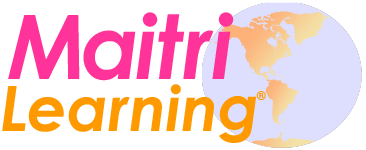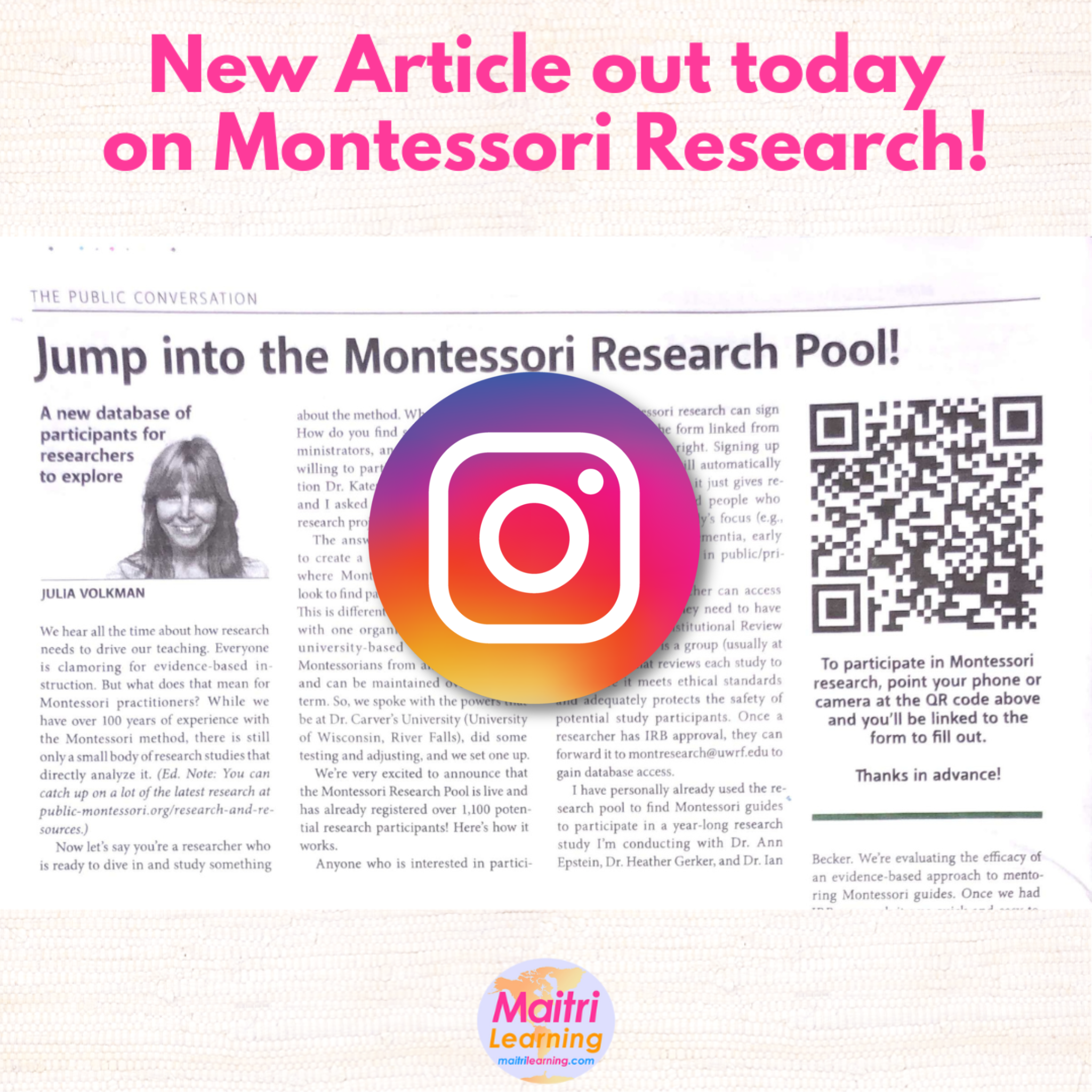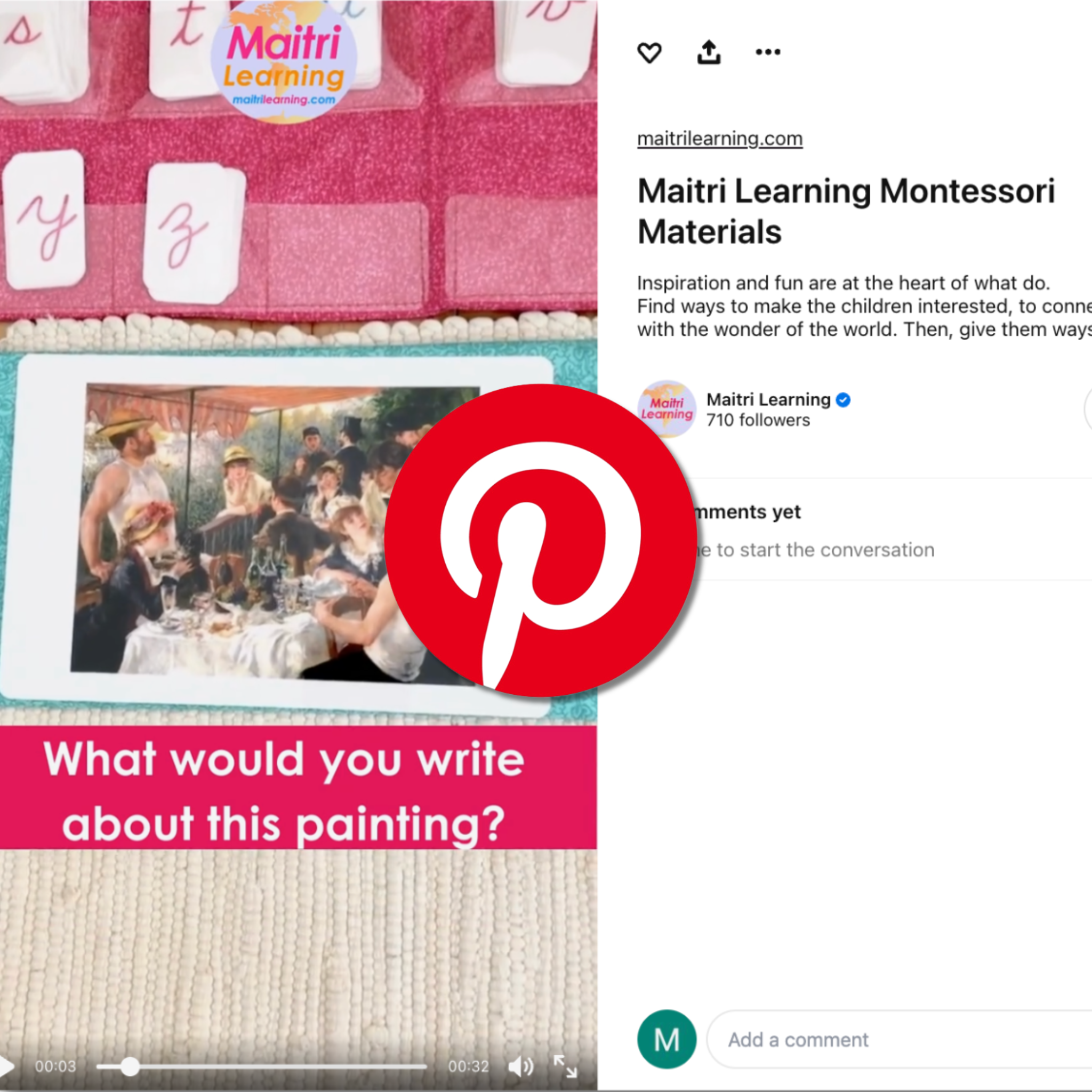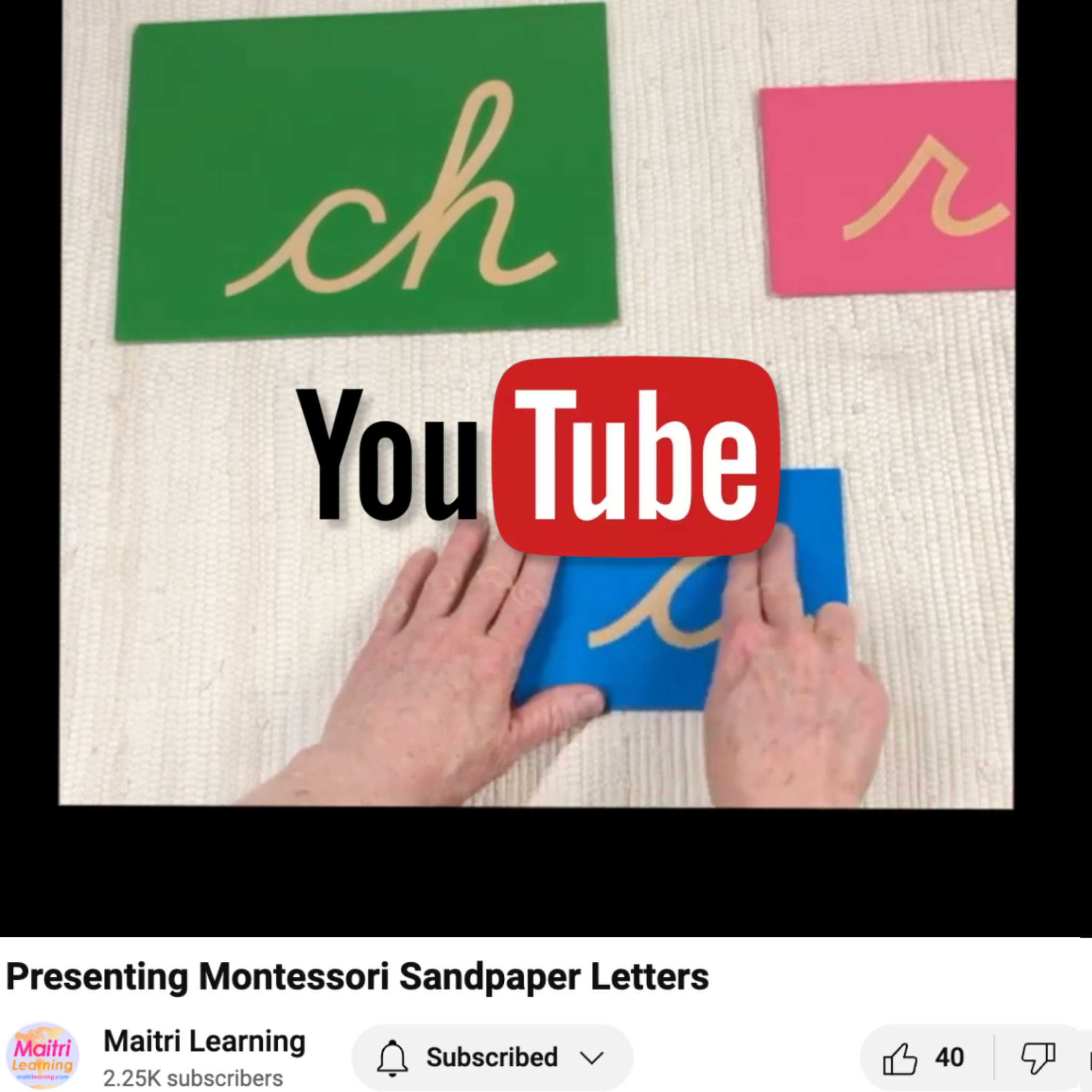The Montessori/Dwyer Language Approach for Early Childhood
Dr. Montessori originally developed her method for helping children learn Italian, a completely phonetic language. But it was Muriel Dwyer who used that method to tackle the complexities of partially-phonetic languages like English and Swahili. Muriel Dwyer was a brilliant AMI Teacher Trainer who worked extensively in both London and Africa (in the Swahili language).

The Dwyer approach is founded in the traditional AMI language approach but has a few key adjustments. Here are the big ones:
- The sound game includes four distinct levels that help children hear all of the sounds in words.
- Phonograms (green sandpaper letters) are introduced at the same time as vowels and consonants (blue and pink sandpaper letters).
- The movable alphabet is not introduced until the child can bring you any sandpaper letter you ask for (phonogram, vowel, or consonant); this means they know the sounds at the second period.
- The movable alphabet is 100% about the child's expression; we do not assign lists or give them objects but instead inspire them to write about things important to their lives.
- Spelling variations (like ea and ie for the ee sound) are explicitly taught via phonogram spelling folders.
So, if you've ever been in Montessori preschool environments where the language materials are overwhelming, where movable alphabet work is an assigned task often viewed as a chore by the children, or where children struggle with missing the ending and middle sounds in words, you definitely want to check out the details of this elegant, tested approach!
You can read the specifics of the Dwyer approach in her wonderful little booklet called A Path to the Exploration of Any Language Leading to Writing and Reading.
If you'd like to go deeper, watch the talk Julia gave about the Dwyer approach for the University of Wisconsin La Crosse's annual Montessori conference. The video explains how to connect the Dwyer specifics with the traditional AMI approach to early language learning.
We hope this is useful. Please share your experiences in the comments below. Together, we can make it easier for those who follow!








2 comments
@Mary, Wow. What a powerful story you tell. We are all so fortunate that Muriel Dwyer figured this out and left us a clear path to follow to inspire children towards literacy. Let’s hope it reaches everyone so no one else needs to struggle!
Julia Volkman
I want to personally thank you for sharing this video and information. I began my Montessori journey looking for how I could be a better elementary teacher for children having difficulty learning to read. I found Montessori and my language curriculum was the Dwyer system in the early 1970’s. It rang so many bells in my search. I was surprised to learn that not all Montessori programs used this most logical and effective system. I saw methods that reminded me of the public elementary systems that did not motivate and interest children . I know you have provided these resources through Maitri for years. This video presentation will hopefully reach more people and inspire them to try this method. Thank you for all the work you do for teachers and children, Mary
Mary MacIntosh
Leave a comment
This site is protected by hCaptcha and the hCaptcha Privacy Policy and Terms of Service apply.